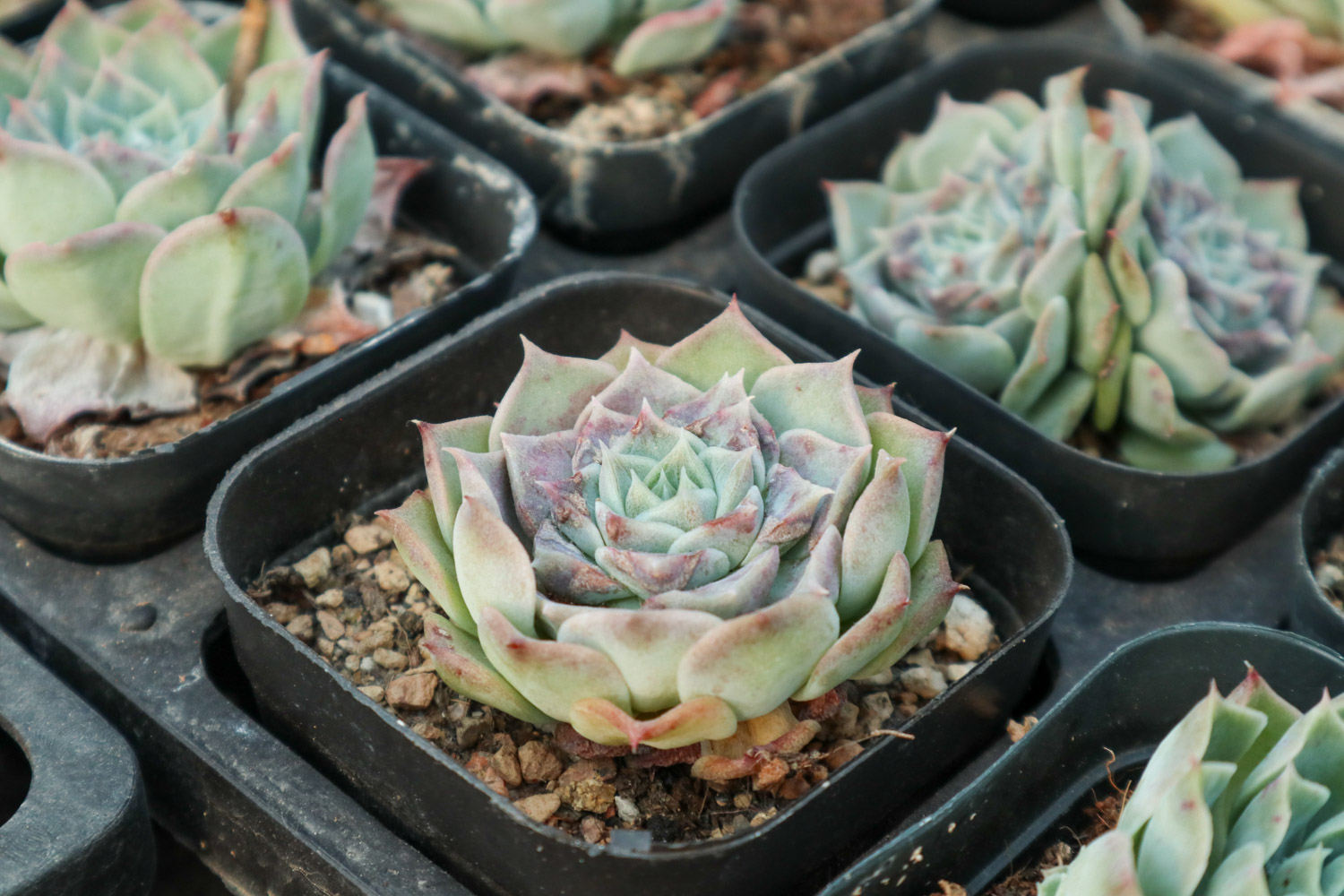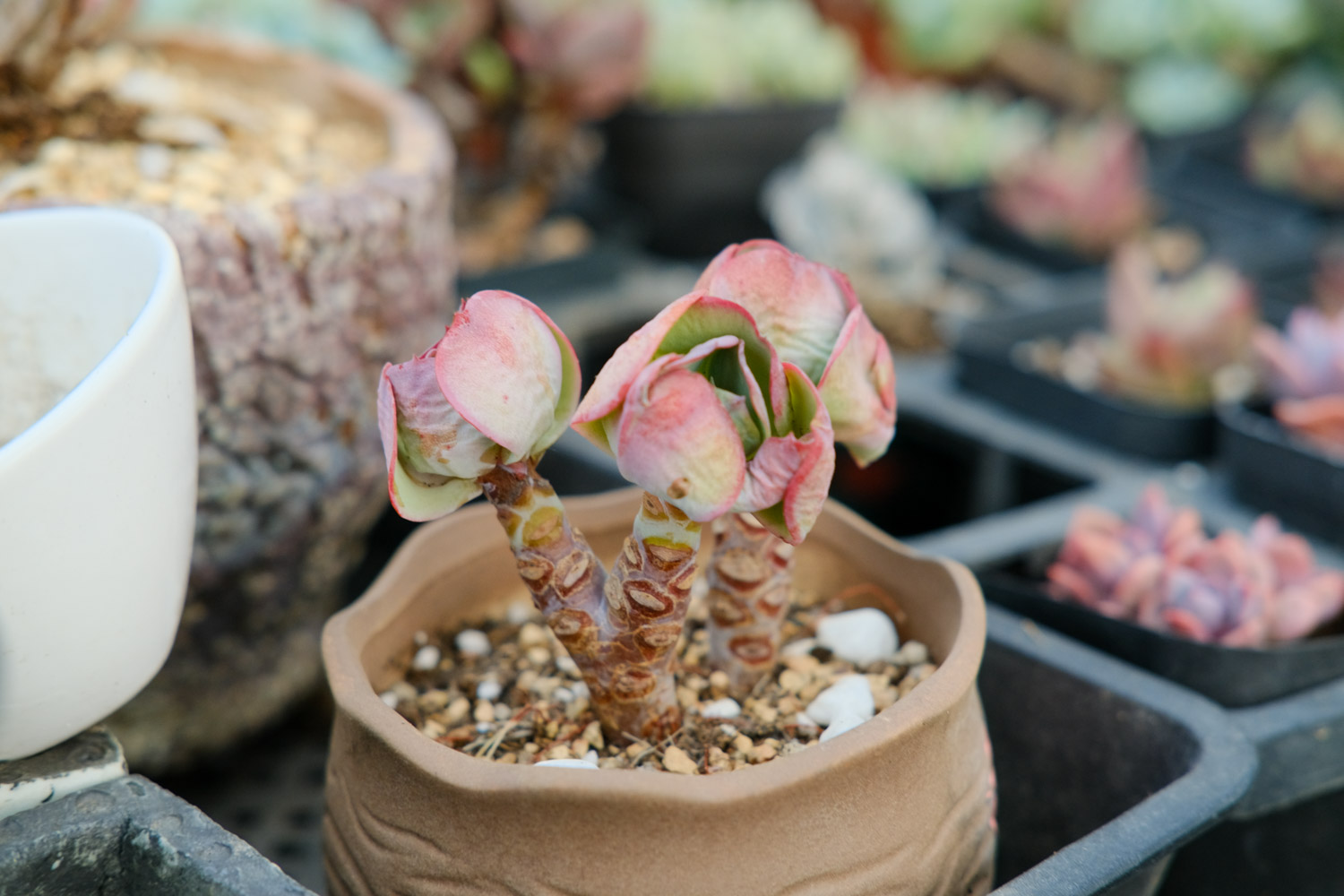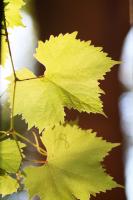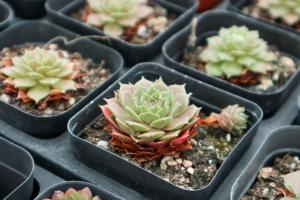Dig a honeycomb briquette, and the meat will never be afraid of death
Although raw stone flower is a good meat variety to spend summer, if the temperature in summer is too high and drenched with rain, it will die if you don't pay attention! So today I'll teach you a simple way, that is to use honeycomb briquette

Operation method:
1. If you have honeycomb briquette at home, especially in rural areas, prepare a burned complete honeycomb briquette
2. Find a clean filter screen, wrap it around the periphery of the honeycomb briquette, and then fasten it with a rope
3. Use a filter screen to completely cover one end of the honeycomb briquette as the bottom, and then fix it with a rope
4. Prepare the nutrient soil mixed with peat soil and coconut bran, and pour the nutrient soil into the void of honeycomb briquette as the nutrient soil of raw stone flower
5. Transplant the raw stone flowers into the pores of the honeycomb briquette, and then place them in a place with good indoor light scattering for maintenance. In the morning and evening, when the sun is not strong, you can bask in it a little
6. Pay attention to watering the raw stone flowers in summer. You must wait until they are wrinkled before watering. You can choose to water them in the morning and pay attention to ventilation at the same time, so that the raw stone flowers can spend the summer safely

Cinders pad the bottom of the basin, and the meat is rubbed long
Flower friends often ask Huahua, how should the meat at home be mixed with soil? In fact, the honeycomb briquette picked up by the roadside is also super easy to use with soil

Operation steps:
1. The cinder picked up can be crushed by foot or with a stick, probably into small pieces the size of a thumb
2. Screen several times with a sieve to screen out large particles of cinder, and then soak it in clean water for more than 24 hours. Because the cinder will produce sulfur in combustion and is relatively alkaline, it can be used after soaking
3. The soaked cinder can be exposed to the sun to evaporate the water as soon as possible. At the same time, it can also play the role of sterilization and disinfection
4. When changing the basin for meat, you can pad several pieces of treated cinders at the bottom of the basin, which can not only be permeable and breathable to prevent rotten roots, but also contain a variety of trace elements to supplement nutrients for meat
5. The remaining fine coal cinders can be mixed with peat soil in the ratio of 2:1 as a nutrient soil for raising meat. In this way, the stirred soil is loose and breathable and will never let meat rot
About beehive coal raising more meat
That's all for Huahua
Flower friends, why don't you give it a try

 how many times do yo...
how many times do yo... how many planted tre...
how many planted tre... how many pine trees ...
how many pine trees ... how many pecan trees...
how many pecan trees... how many plants comp...
how many plants comp... how many plants can ...
how many plants can ... how many plants and ...
how many plants and ... how many pepper plan...
how many pepper plan...



























